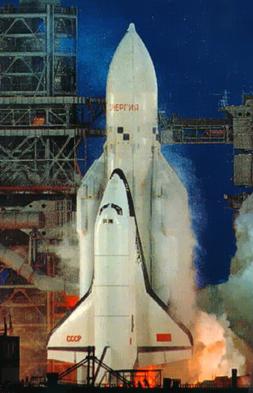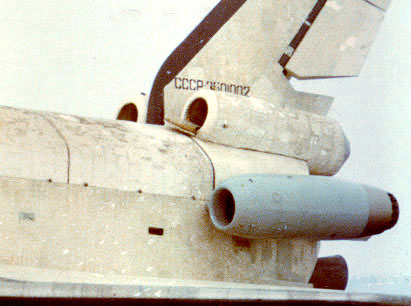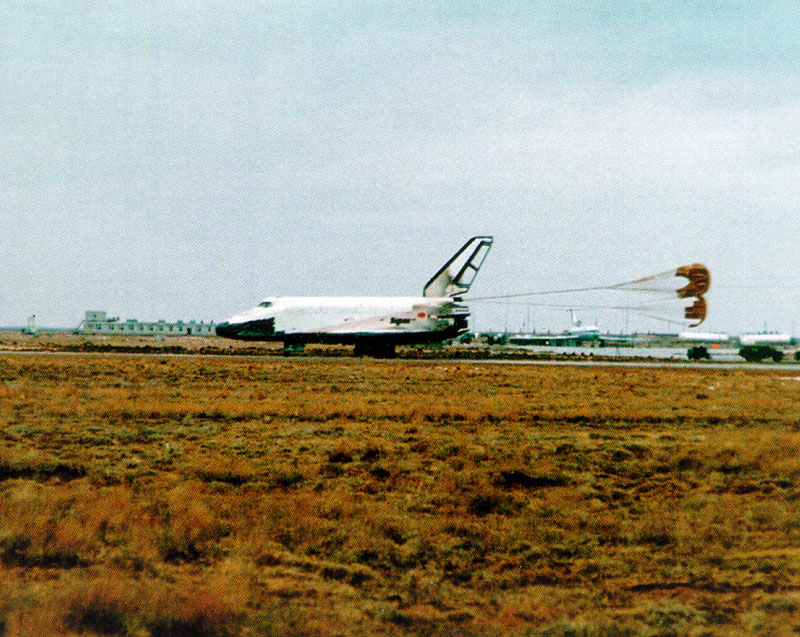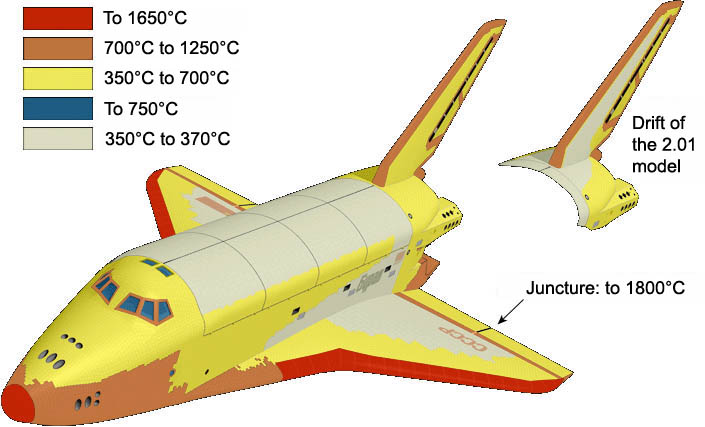The Soviet Buran Spacecraft
Not many people on MAC are interested in collecting models of space vehicles. However, some people own models of spacecraft mounted on top of aircraft such as the Boeing 747 or An-225. The main intention of this blog post is to introduce collectors to the world of spacecraft and vehicles by starting off with a post about a Soviet Reusable spacecraft similar to the American Space Shuttle Orbiter.
The Buran (Russian for Snowstorm or Blizzard) was the name of both a Soviet reusable spacecraft and the name of the Soviet reusable space vehicle program. The Buran spacecraft was the only Soviet space vehicle to launch into space before the program closure. There were four other Buran shuttles named OK-1K2 Ptichka, OK-2K1 Baikal, Shuttle 2.02 and Shuttle 2.03 some of which flew only test flights and were incomplete. The program was cancelled in 1993. In 2002, the Buran was destroyed when the hangar in which it was stored, located at the Baikonur cosmodrome, collapsed.
Most people are aware of the American Space Shuttle program than the Russian Buran Program. Here is an outline of the similarities and differences between both programs and their vehicles.
Similarities:
There are far more similarities between the two orbiters besides the fact that they are relatively the same size and shape. The Buran-Energia launch stack is a very close match to the Space Shuttle stack but the Buran used different fuel and a different type of engine. The section view of the Buran with the outer skin removed shows the Buran as having the same crew compartment layout as the Space Shuttle. All of the crew hatches and thruways are in the exact same places. The Buran has Electronic equipment sitting on shelves in nearly the same locations as where the avionics bays would be in the Space Shuttle. It also appears that the Buran has some of the spherical shaped tanks for storing the fluids and gasses the shuttle needs to operate.
The ODU maneuvering system on the Buran is very similar to the OMS/RCS systems of the Space Shuttle.
Differences:
- Buran was not an integral part of the system, but rather a payload for the Energia launcher. The orbiter had no main rocket engines, freeing space and weight for additional payload; the largest cylindrical structure is the Energia carrier-rocket, not just a fuel tank. In contrast, in the American Space Shuttle system, the three main engines on the rear of the orbiter comprised the second stage launch propulsion system, and the External Tank and twin boosters were not used to launch anything except an orbiter.
- The main engines of the Buran were mounted on the core Energia stage and thus destroyed when it burns up in the atmosphere, unlike the U.S. Space Shuttle which had reusable main engines in the orbiter. Both designs featured reusable boosters (although reusability was not demonstrated on Energia). There were some plans for constructing a fully reusable Energia carrier, called Uragan (Russian for Hurricane).
- The Buran’s boosters used liquid propellant (kerosene/oxygen). The Space Shuttle's boosters used solid propellant.
- The Energia was designed from the start to be configured for a variety of uses, rather than just a shuttle launcher. Other payloads than Buran, with mass as high as 80 metric tons, could be lifted to space by Energia, as was the case on its first launch. The heaviest configuration (never built) would have been able to launch 200 tons into orbit. (The Shuttle-C concept was a similar proposal to the Energia system, envisaged to complement the space shuttle by adapting its boosters and external tank for use with other vehicles, but it never moved beyond the experimental mock-up stage. The NASA Ares V rocket, since canceled, was a similarly "shuttle-derived" idea.)
- The Energia launch rocket was also capable of delivering a payload to the Moon. However, this configuration was never tested. The Space Shuttle was never intended to go beyond Low Earth orbit.
- As Buran was designed to be capable of both manned and robotic flight, it had automated landing capability; the manned version was never operational. The Space Shuttle was later retrofitted with an automated landing capability; the equipment to make this possible was first flown on STS-121, but is intended only as a contingency, and was never used on any flight.
- The orbiters were designed to carry two jet engines for increased return capability. Although they were not installed in the first orbiter for reason of weight limits on the first Energia launcher, provisions exist in the structure for later retrofit. Although early designs of the NASA Space Shuttle also incorporated jet engines, the operation version landed as an unpowered glider, relying entirely on management of descent energy for landing.
- The nose landing gear was located much farther down the fuselage rather than just under the mid-deck as with the NASA Space Shuttle.
- Buran could lift 30 metric tons into orbit in its standard configuration, comparable to the early Space Shuttle's original 27.8 metric tons
- Buran was designed to return 20 metric tons of payload from orbit, compared to 15 metric tons for the Space Shuttle orbiter.
- The drag chute was installed on Buran right from the start of the program as opposed to the NASA Space Shuttle where the drag chute was added much later in the program.
- The lift-to-drag ratio of Buran is cited as 6.5, compared to a subsonic L/D of 4.5 for the Space Shuttle.
- The thermal protection tiles on the Buran and U.S. Space Shuttles are laid out differently. Soviet engineers believed their design to be thermodynamically superior.
- Buran was designed to be moved to the launch pad horizontally on special train tracks, and then erected at the launch site. This enabled a much faster rollout than the US Space Shuttle, which was moved vertically, and as such had to be moved very slowly (less than one mile per hour, typically taking about 6 hours to move the Mobile Launch Platform supporting the Shuttle stack from the VAB to the launch pad on a Crawler-Transporter left over from Project Apollo.)
- The booster rockets were not constructed in segments vulnerable to leakage through O-rings, which caused the destruction of Challenger. (Their liquid-fueled nature would make this design inapplicable.) However, the liquid fuel for the booster rockets (see above) would have made them less easy to prepare — and hold ready — for flight than solid rocket fuel in the NASA Shuttle boosters and in addition represented a potential explosive hazard on the ground.
- The manned version was intended to have a crew of ten as opposed to seven.
I own a Herpa 1:500 model of the Buran Spacecraft on top of the giant An-225. Below are some photos of the Herpa model. I also included photos of the Space Shuttle Discovery to provide a sort of comparison between it and the Buran. I will be posting another post about the Space Shuttle Program soon.
References (Data and images):
http://en.wikipedia.org/wiki/Buran_program#Comparison_to_NASA_Space...
Tags:
Recent Visitors to the site!
© 2025 Created by Matt Whisenant.
Powered by
![]()





